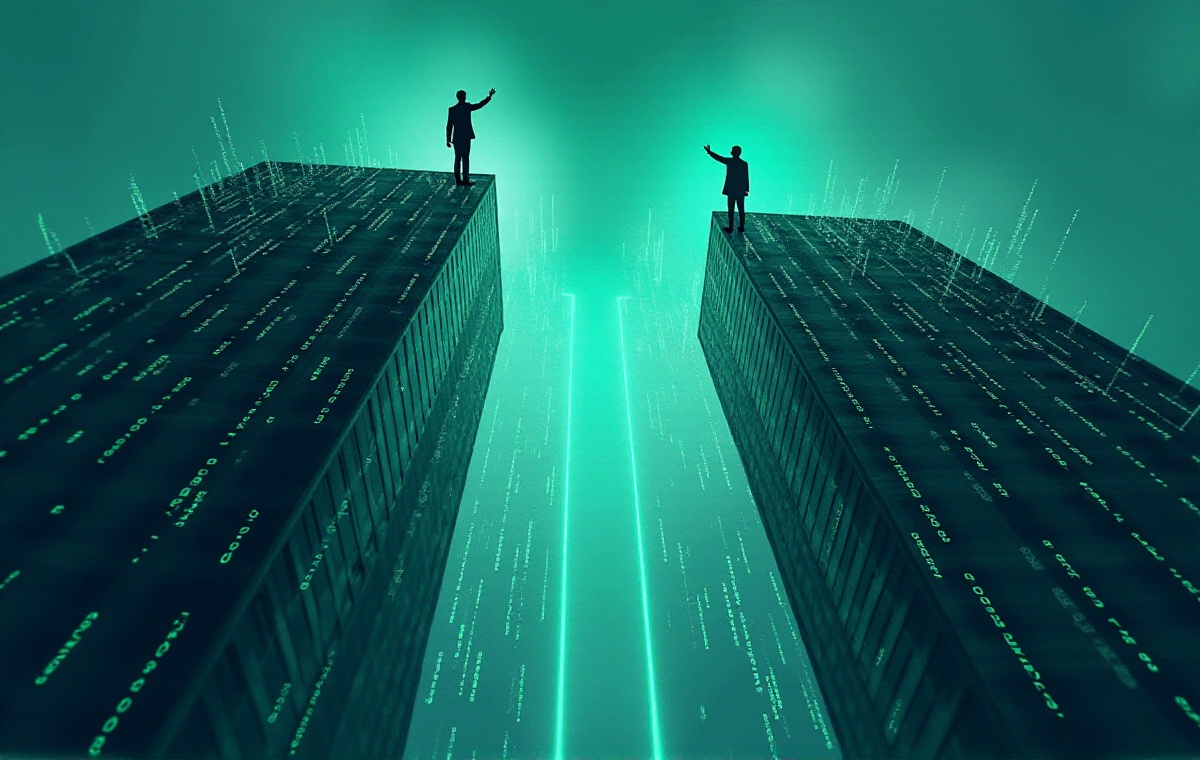Opening Thoughts
Every time I see travel photos in my social media feed, they're always of "Instagram-famous" spots like the Louvre and British Museum. To be honest, taking photos at these places has become formulaic: posing with hands up, pretending to touch the pyramid tip. But truthfully, in those crowded exhibition halls where you spend more time queuing than viewing the exhibits, it's hard to really remember much from the experience.
Recently during my vacation, I specifically sought out some less crowded but amazing museums. These places might not rank high in mainstream travel guides, but each one was a delightful surprise. Looking back, that feeling of appreciating art away from the crowds is truly the ideal museum experience.
Meeting Rodin in Paris
When it comes to Paris, you can't not mention the Louvre. But honestly, my strongest impression of the Louvre was the sea of heads in front of the Mona Lisa and the forest of selfie sticks. In contrast, the Rodin Museum feels particularly pleasant.
The Rodin Museum is located in the Hôtel Biron in Paris, a building full of history. It's not just where Rodin spent his later years, but also a witness to his artistic career. The day I visited, the sunlight was perfect, streaming through the museum's windows onto the exhibits, making the marble sculptures appear especially warm and lustrous.
The garden is filled with roses, reportedly the same varieties that Rodin planted during his lifetime. Walking on the garden's gravel paths, you can almost see the master contemplating his work here. What impressed me most was the bronze sculptures placed throughout the garden - they weren't confined to pedestals but naturally integrated with the landscape.
"The Gates of Hell" is absolutely the museum's masterpiece. This massive bronze door is carved with over 180 figures, each lifelike with expressions of pain or struggle. I stood in front of the door for nearly an hour, discovering new details with each viewing. It's said Rodin was inspired by Dante's "Divine Comedy" when creating this door, using sculpture to interpret the complexity and depth of human nature.
And "The Thinker," possibly one of the world's most famous sculptures, is far more impressive in real space than in photographs. The bronze statue shows a strong man sitting naked, elbows resting on his knees, hand supporting his chin in contemplation. Interestingly, this sculpture was originally part of "The Gates of Hell" before becoming a standalone piece. Every time I see it, I can't help but slow down and contemplate the meaning of life.
The museum also has a special section displaying Rodin's sketches. These quick lines give us a glimpse into the master's creative process. Some sketches were even drawn on napkins, showing the urgency when inspiration struck. These drafts reveal more about the artist's thought process than the finished works, letting us see the true face of artistic creation.
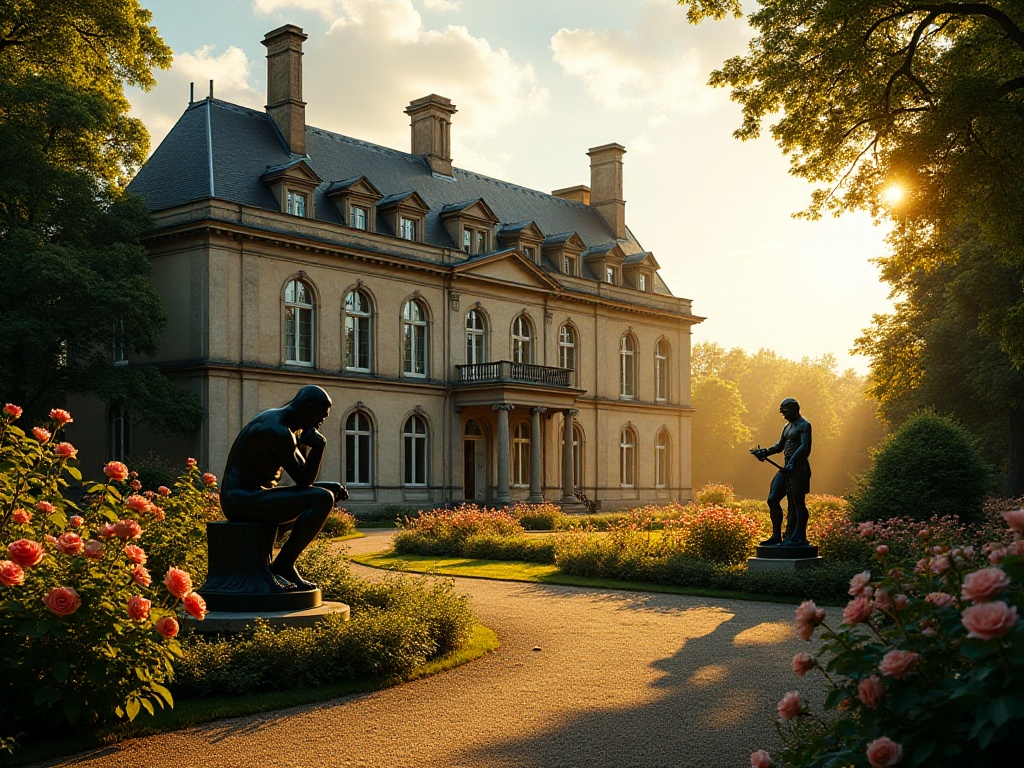
Design Innovation Museum
When it comes to stunning museum architecture, the Design Museum Holon is definitely a standout. Located in Holon, a suburb of Tel Aviv, Israel, the entire building looks like a giant metal ribbon winding across the ground. Architect Ron Arad used this flowing form to break the stereotypical image of traditional museums, making the building itself an art installation.
The museum's exhibitions change regularly but always revolve around design. During my visit, I happened to catch Maarten Baas's "Hide and Seek" series exhibition. This designer incorporated childhood game elements into furniture design - for instance, what appears to be an ordinary wardrobe opens to reveal a folding bed with a slide. This playful design reminded me of playing house as a child.
The exhibition layout is also interesting, arranged by theme rather than chronologically. Some areas are brightly lit, suitable for large installations; others have soft lighting, perfect for appreciating detailed craftwork. The whole visiting experience is like solving a puzzle, full of surprises and discoveries.
Meanwhile in Marrakech, the Yves Saint Laurent Museum offered me a completely different experience. The French fashion master fell deeply in love with Morocco's colors and culture, even buying a villa with gardens here. The museum is built in this place called "Jardin Majorelle."
The museum not only displays Saint Laurent's fashion works but also creatively presents his studio setting. You can see his design sketches, fabric samples, and even his collection of Moroccan folk costumes. What attracted me most were the designs that integrated Moroccan traditional elements into modern fashion. For example, he embroidered local coffee pot patterns on evening gowns and applied traditional headscarf tying methods to modern hat designs.
Each exhibit has detailed descriptions explaining the story and inspiration behind the work. Through these exhibits, we can see how a designer transforms foreign culture into creative nourishment. The museum's architecture is also carefully considered, adopting traditional Moroccan courtyard structure while the interior features modern minimalist style, perfectly interpreting the fusion of tradition and modernity.
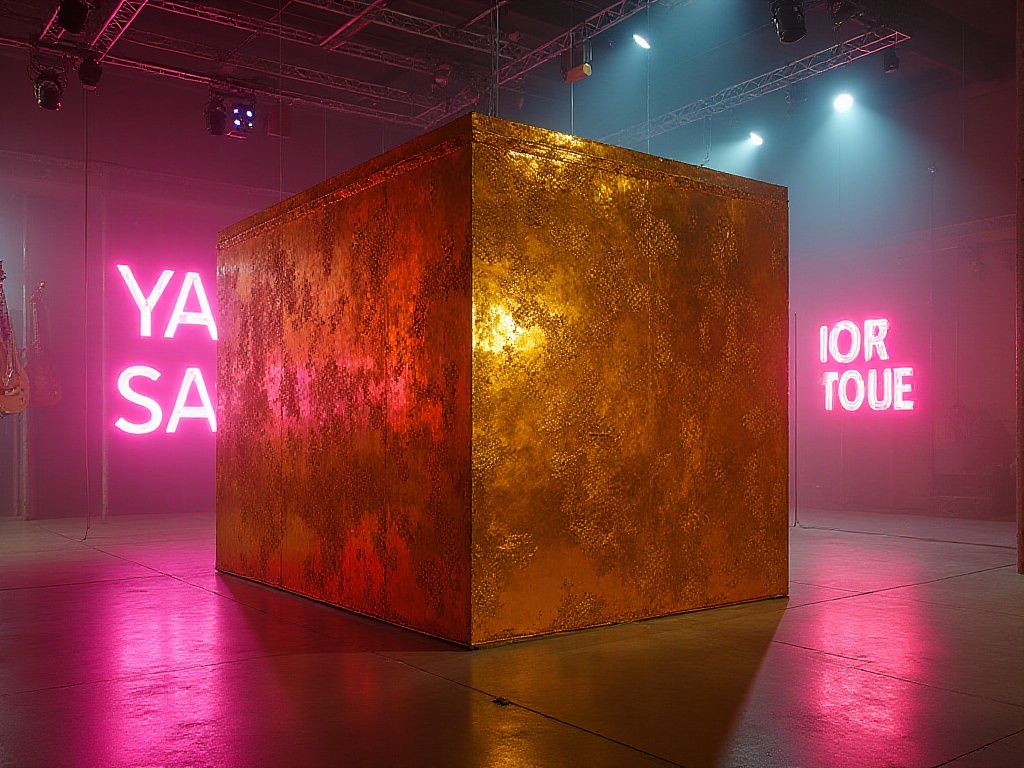
Architectural Beauty
The Architectural Model Museum in Tokyo might be one of the most unique museums I've visited. Though established in 2016, it has already become a must-visit destination for architecture enthusiasts. Located in Tokyo's Central District, while not large in size, it's incredibly rich in content.
The most impressive aspect is their collection method. The museum houses numerous original models from famous architects, these models being crucial products of the architectural design process. Through these precise models, you can clearly see how architects gradually perfected their design concepts.
For instance, I saw Tadao Ando's "Church of Light" design model. This model not only shows the building's exterior but also reveals internal spatial design through cross-sections. The model even reproduces the effect of light shining through the cross-shaped opening into the church, making one marvel at the architect's pursuit of detail.
The museum also has a special interactive area where you can make simple architectural models yourself. Staff teach you to use various materials and tools, letting you experience the joy of architectural design. I spent two hours there making a simple residential model - though rough, this hands-on experience gave me a deeper understanding of architectural design.
The exhibition hall design is also interesting, using an open storage method where all models are placed in transparent display cases allowing visitors to observe from multiple angles. Each case has detailed explanations introducing the building's background, design concepts, and features. Some cases are equipped with digital screens showing 3D models and actual photos of the buildings.
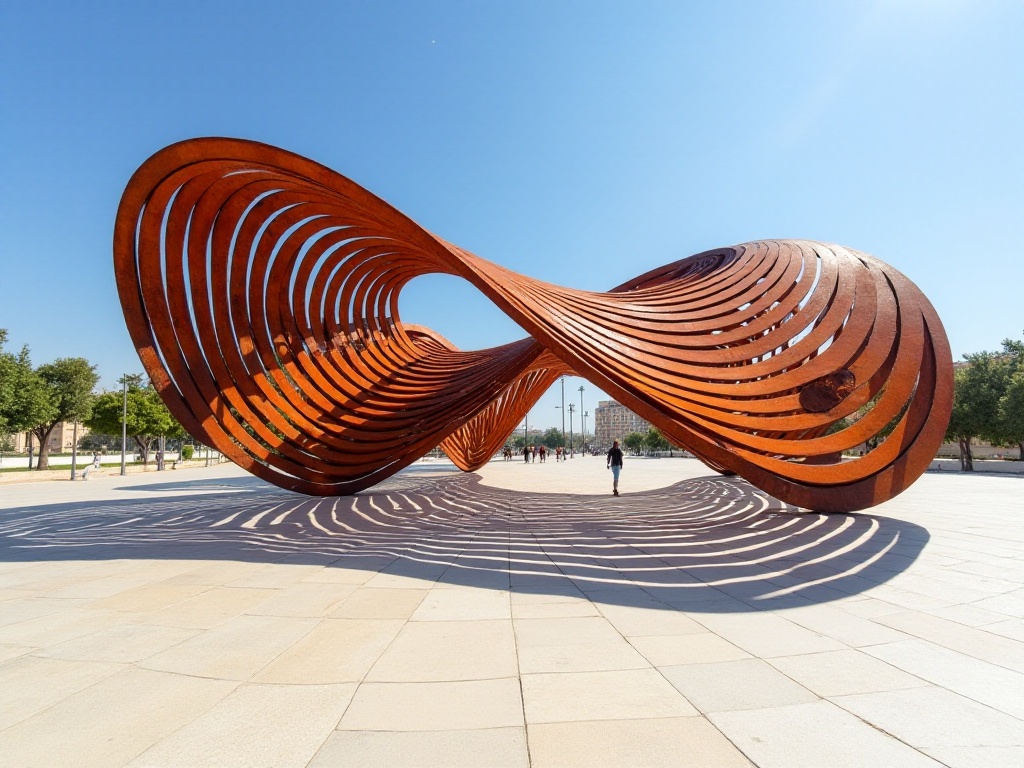
Music and Life
Mentioning Denmark, many might think of Copenhagen's Little Mermaid statue, but in the small city of Roskilde, there's a unique museum worth visiting. The Ragnarock Museum isn't just a place showcasing music history; it's more like a space telling how music influences social culture.
The museum's appearance is striking, with golden walls gleaming in the sunlight, shaped like a giant musical note. The architect was clearly influenced by pop art, with the entire building full of artistic and futuristic elements. Entering the museum, you're first greeted by a huge LED screen playing music videos from different periods.
The exhibition is divided into several themed areas, from early folk music to modern pop music, each area with unique arrangements. The most interesting is the "Music and Social Movements" section, showing how music has driven social change. For example, the exhibition details how rock music influenced the anti-war movement of the 1960s, and how punk music expressed young people's rebellious spirit.
The museum also has a "Sound Laboratory" where you can experience different instrument tones and even compose music impromptu. I spent a long time there, combining various electronic instruments to create my own melodies - though amateur level, this interactive experience was really fun.
Particularly worth mentioning is the museum's "Consumer Culture" section, showing how the music industry has influenced people's lifestyles. From vinyl records to cassettes, from Walkman to digital music, each technological innovation changed how people listen to music. The section even recreates record store scenes from different eras, making visitors feel like they're traveling through time.
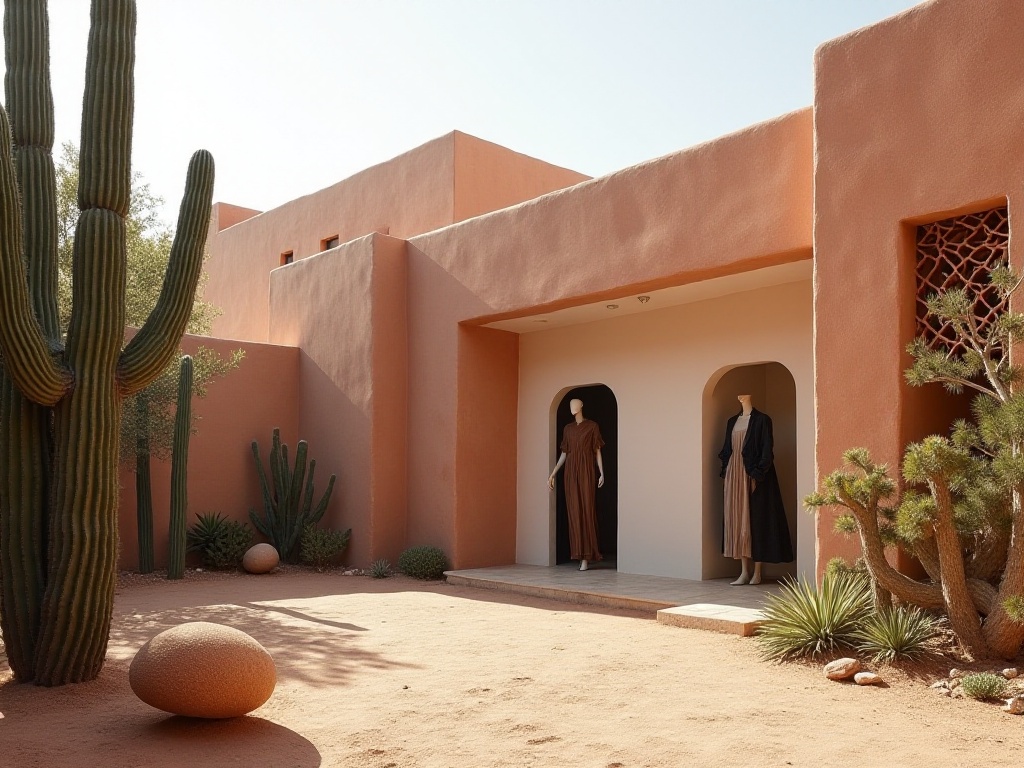
Stories of Travel
In London's bustling district, there's a quiet corner housing the Museum of Travel Items. This seemingly ordinary museum collects countless ordinary people's travel stories. Behind every train ticket and luggage tag lies a moving story.
The most impressive was a leather suitcase from the 1930s, belonging to a Jewish girl who fled from Germany to Britain. The suitcase contained her diary, a few pieces of clothing, and a cloth doll. These simple items tell a story of survival, courage, and hope. The museum not only displays this suitcase but creatively uses multimedia technology to recreate this girl's journey.
Another interesting exhibit is an early 20th-century travel diary recording an English merchant's world tour observations. The diary contains not only detailed written records but also sketches, receipts, and pressed flower specimens. Through this diary, we can see what the world was like over a hundred years ago.
The museum also collects numerous postcards, from the Victorian era to modern times, reflecting changes in travel methods and concepts. Interestingly, the museum regularly holds "Postcard Writing Workshops," encouraging visitors to record their own travel stories through handwritten postcards.
In the "Modern Travel" section, the museum shows travel changes in the digital age. From early travel blogs to current social media, technology has changed how we record and share travel experiences. But the museum raises an interesting question: in this age of quick sharing, have we lost the ability to record deep travel experiences?
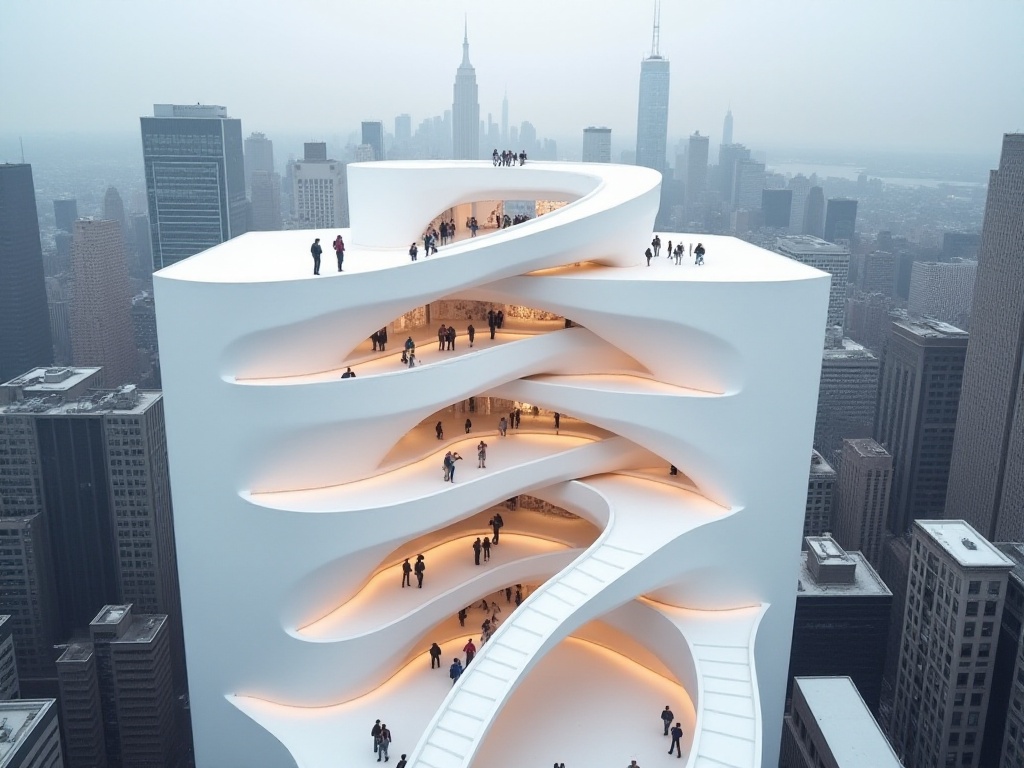
Conclusion and Reflection
Visiting these niche museums has given me a new understanding of museums. They may not have the grand scale and comprehensive collections of large museums, but they tell human stories from unique perspectives. Each museum is like a carefully curated story collection, linking history, art, and humanity through specific themes.
At the Rodin Museum, I saw how artists shape humanity with their hands; at the Design Museum Holon, I experienced how design changes life; at the Architectural Model Museum, I appreciated architects' creative thinking; at the Ragnarock Museum, I felt music's influence on society; at the Museum of Travel Items, I heard countless extraordinary stories of ordinary people.
The charm of these museums lies not only in their collections but also in the ideas they convey. They tell us that art and life are inseparable, and every ordinary person's story is worth recording and passing on. In this fast-paced era, these niche museums are like cultural oases in cities, allowing us to slow down and appreciate the alternative beauty of art and life.
Every time I recall these museum experiences, I feel that sometimes the most beautiful discoveries come from inconspicuous corners. It's these topic-focused niche museums that show us the infinite possibilities of art and life.
If you have similar museum experiences, feel free to share. After all, discovering and sharing little-known cultural treasures is the greatest joy of travel.


